

Engage prospects with a scan and streamline customer engagement with FREE QR code marketing tools by Sona – no strings attached!
Create a Free QR CodeFree consultation

No commitment

Engage prospects with a scan and streamline customer engagement with FREE QR code marketing tools by Sona – no strings attached!
Create a Free QR CodeFree consultation

No commitment
In today’s digitally driven world, QR codes have evolved from a novelty to a strategic tool for connecting offline engagement with online action. For appliance repair services businesses, QR codes offer a user-friendly, effective approach to boosting customer conversions, increasing service bookings, and deepening brand engagement without requiring an app download or added technical hurdles. See QR codes on appliances.
In the appliance repair industry, timing, visibility, and clear information are critical. Customers expect quick and transparent support, streamlined booking, and clear repair instructions. By placing QR codes at key moments in the journey, providers can reduce friction, capture intent right when it spikes, and guide customers to the next best action: from on-the-spot booking to real-time troubleshooting content. With the right platform and process, these codes also feed valuable data into marketing and operations systems for smarter follow-up and continuous optimization. Learn more on Sona QR.
By integrating QR codes at key physical and digital touchpoints, appliance repair businesses can modernize how customers find, compare, and interact with services while capturing vital data to fuel business growth and improve the customer journey. Advanced QR code platforms now enable real-time data capture, identify high-intent visitors using intent data, and help companies engage prospects who would otherwise stay anonymous. The result is a connected offline-to-online experience that turns previously lost moments into measurable revenue opportunities.
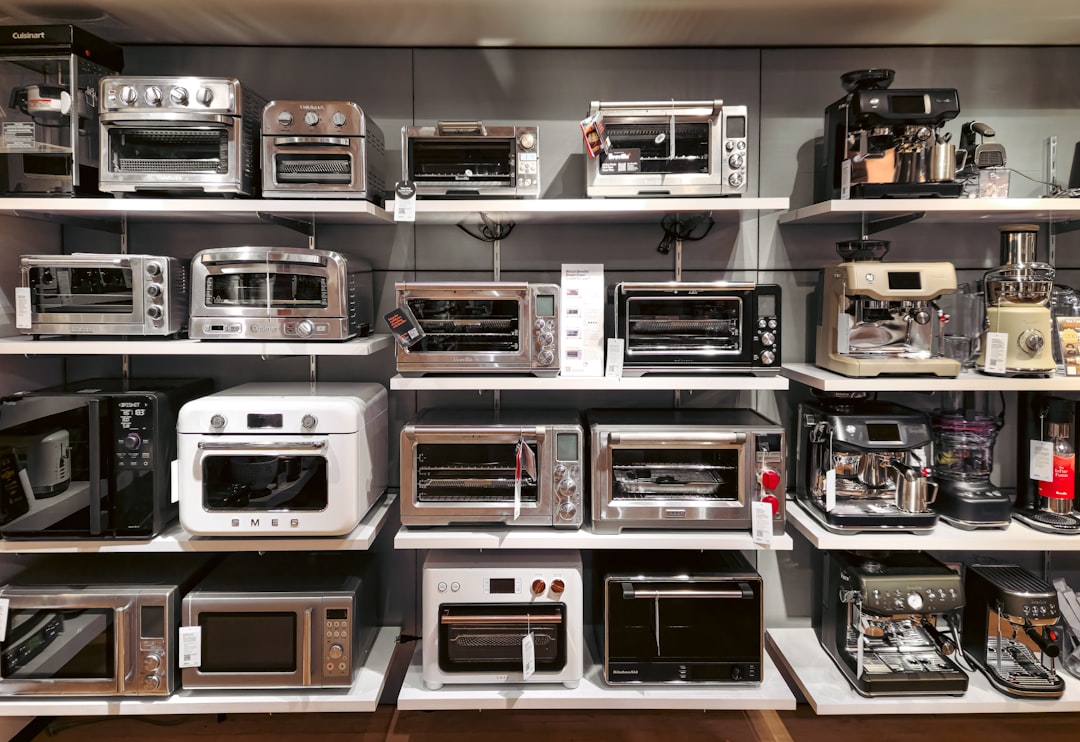
QR codes bridge the gap between physical touchpoints and digital outcomes, offering practical ways to address engagement challenges like lost leads and disconnected processes. Many appliance repair businesses lose valuable prospects when outdated workflows such as paper forms, appointment slips, and overloaded phone hotlines cause potential customers to abandon the process. A scan-first experience shortens that path. Customers can move from discovery to action in seconds while your team captures the conversion and metadata needed for follow-up. For quick data capture, try Google Forms QR.
The key is designing QR-enabled journeys that map to real behaviors. Place codes in the moments when customers browse service options, check a warranty, read a manual, or talk to a technician. Connect each scan to a destination that answers the question at hand: booking, pricing, status updates, DIY guidance, or post-service feedback. Then measure what happens next. With a modern platform like Sona QR, you can track scans in real time, update destinations without reprinting, and sync engagement to your CRM for automated nurture.
Here’s how to implement QR codes effectively:
With the right approach, every touchpoint becomes a potential lead generator. You can test placements, iterate on copy and creative, and use analytics to double down on what drives bookings. Over time, your QR network becomes a growth engine that continuously captures demand and streamlines service delivery.
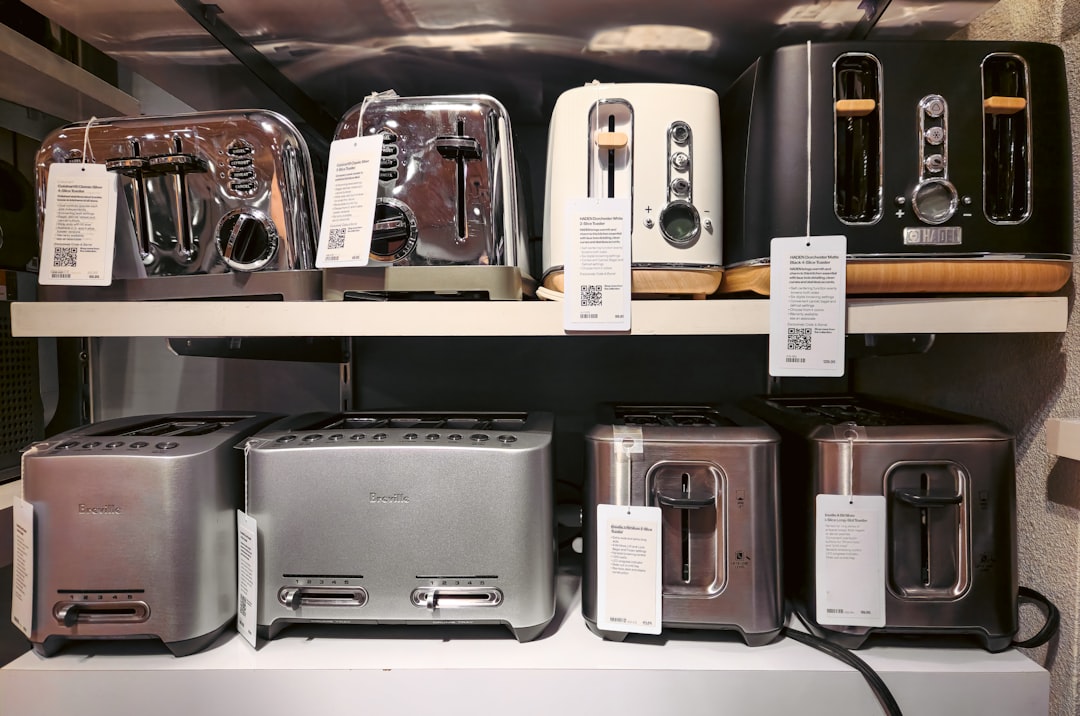
For appliance repair businesses, lack of customer visibility and missed engagement at pivotal moments can undercut both revenue and reputation. Prospects often look up services or compare options but never complete a form or place a call. Without a quick, clear path to action, even high-intent buyers drift away. QR codes reduce that gap. A code on a sticker, receipt, or vehicle turns curiosity into a booking in a single scan. A code inside a manual gives nervous homeowners the confidence to try simple fixes or to request help without searching. See home repair QR use cases.
QR codes also help teams manage volatility. Emergencies happen at odd hours and across a wide geography. Fast, trackable entry points let you route customers to the right destination based on their need. If the destination needs to change, dynamic QR codes update in seconds with no reprint required. Meanwhile, marketing and operations gain insight into which materials, neighborhoods, or products are driving the most engagement.
By placing QR codes at the right moments and linking them to high-value actions, you cut friction for customers and gain the operational intelligence needed to allocate resources and improve service outcomes.
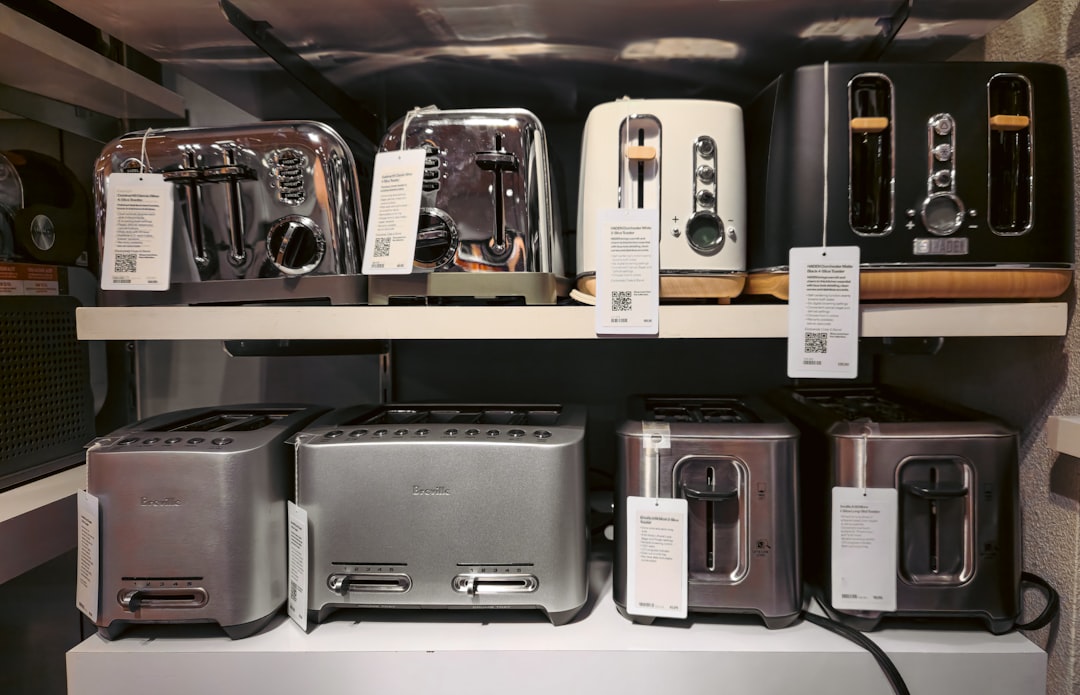
Not all QR codes serve the same purpose. Appliance repair businesses benefit from selecting formats that match the customer’s intent and the context of the scan. A homeowner who is staring at a blinking error code needs a very different path than a property manager who is building a shortlist of vendors. Formats such as web links, forms, and SMS links allow you to tailor the experience to the task.
Dynamic QR codes are particularly powerful because they can be edited after printing. If you run a seasonal promotion, adjust your service area, or want to A/B test different landing pages, you can make those changes in your platform without replacing physical materials. Static QR codes still have a role when you want to embed permanent content like a PDF manual or a technician’s vCard.
Selecting the right format for each touchpoint creates a smoother experience for customers and cleaner data for your team. Over time, these small optimizations add up to a measurable lift in booking rates and customer satisfaction.
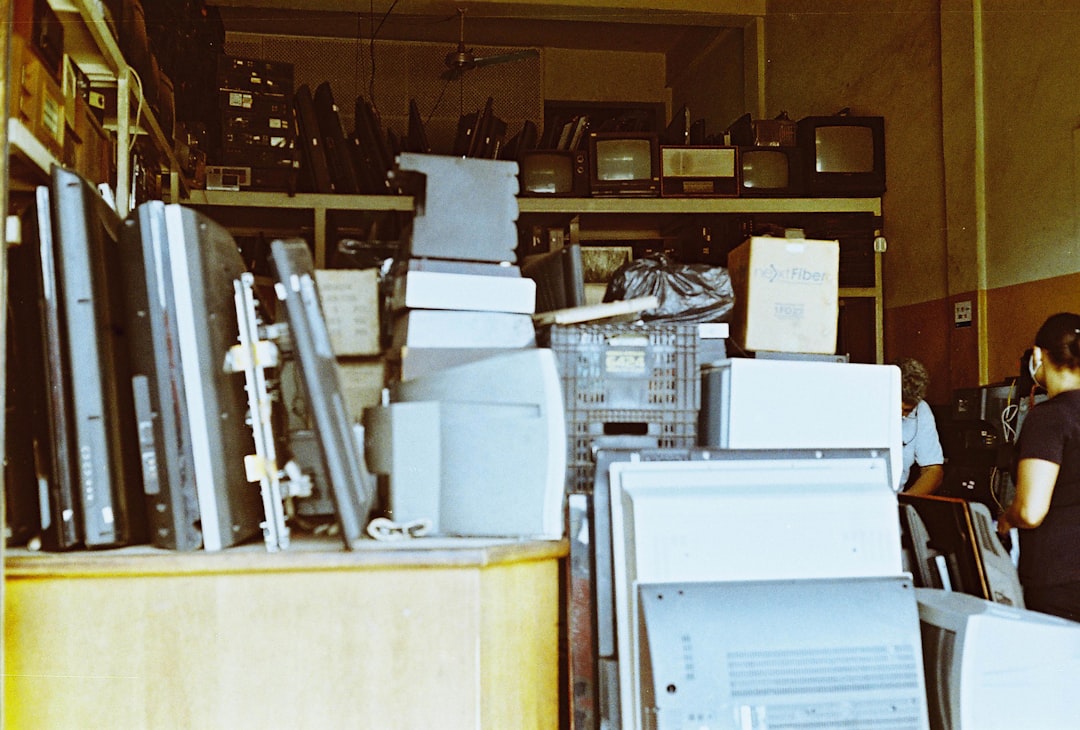
In appliance repair, the most valuable moments often occur before anyone fills out a form. Someone finds a magnet on their fridge, flips through a manual, or meets a technician. If you do not give them a way to act in that moment, the lead may vanish. QR codes turn these fleeting moments into clear, measurable paths that capture intent and improve customer experience.
Start by inventorying your physical and digital assets. Identify where customers encounter your brand and what they need at that point. Then add QR codes with concise calls to action that deliver immediate value. Test different placements and messages, and use analytics to refine your approach.
When every surface becomes a digital onramp, your marketing becomes more resilient. You no longer rely on a single channel to generate bookings. Instead, you influence decisions wherever they are made and measure each touchpoint’s contribution to revenue.
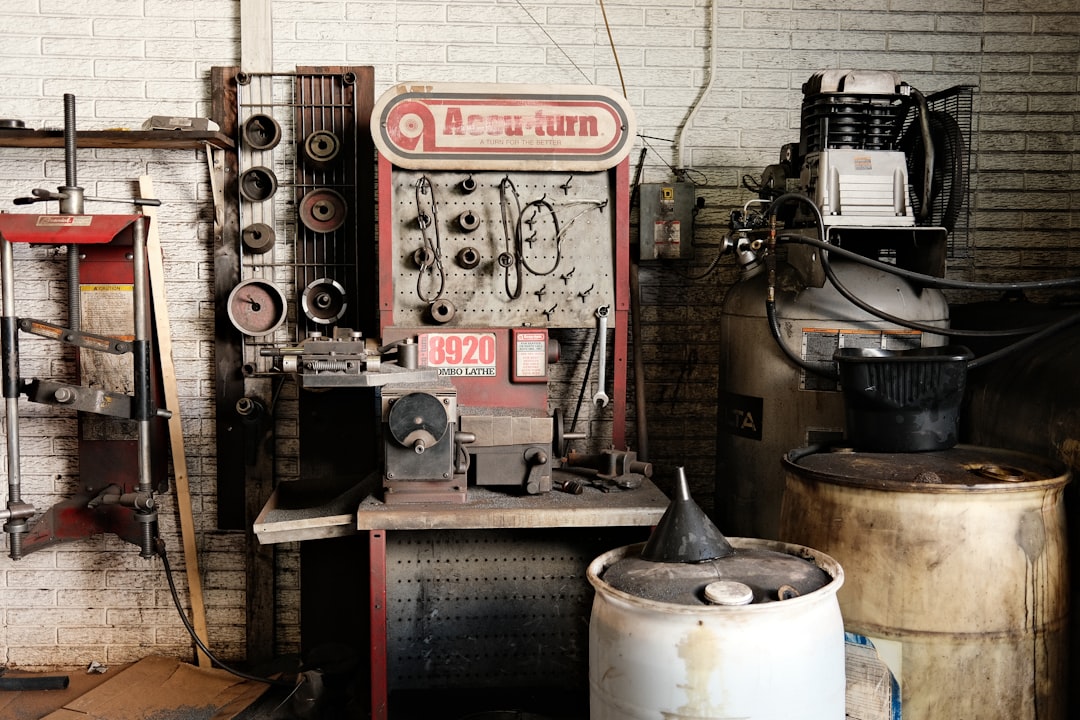
QR codes excel when they compress the time between interest and action. In appliance repair, three high-impact scenarios consistently drive results. These use cases meet customers where they already are, make the next step effortless, and create data you can use to strengthen your pipeline.
Begin by aligning each use case with a specific metric: booking conversion rate, repeat visit rate, or feedback completion rate. Once you track performance by use case, you can adjust copy, design, and placement to improve outcomes while keeping the customer experience clear and reassuring.
These use cases deliver both immediate and downstream benefits. Bookings increase, calls become more qualified, and your online reputation strengthens, creating a virtuous cycle of growth.
One major challenge for appliance repair marketers is recapturing high-potential leads after quick offline interactions. A QR code scan is a strong intent signal that includes useful context such as the location, timing, and surface where the scan happened. With the right setup, those signals become precision segments in your CRM and ad platforms, which means better targeting and lower acquisition costs. See intent retargeting.
Design your QR ecosystem so each placement represents a stage or intent type. A code on a manual suggests DIY research, a code on a repair vehicle might indicate urgent need, and a code on a warranty sticker suggests ownership. Tag each scan accordingly. Then build automations that deliver the next best action for that audience, for example a coupon for urgent scanners or seasonal maintenance reminders for owners.
With Sona QR, each code becomes a smart entry point. You can view segments as they form, automate workflows in minutes, and measure everything from initial scan to closed ticket or contract renewal.
Running disconnected campaigns wastes budget and fragments customer experience. QR codes act as the connective tissue across channels. They let you attribute performance to individual assets while giving customers a clear, consistent way to engage. For appliance repair, this is especially valuable because so many interactions start offline in kitchens, laundry rooms, and basements.
Use QR codes to unify your campaign strategy. Every printed asset becomes interactive, every broadcast spot becomes clickable, and every event becomes measurable. When your codes are managed in one platform, you can update destinations, run tests, and keep your data flowing into CRM and analytics tools without reprinting.
A centralized platform like Sona QR helps you manage this ecosystem at scale. You can generate codes for every asset, monitor performance, and sync scan data with your CRM and ad platforms to keep the journey cohesive and measurable.
Successful QR campaigns start with a clear business outcome and end with measurable results. Treat each code as a small product: it should have a purpose, a user, a context, and a success metric. Keep your creative simple, your calls to action explicit, and your destinations optimized for mobile.
Before you launch, think through the environments where scanning will occur. Kitchen lighting can be dim, garages can be dusty, and outdoor placements must account for glare. Test your codes in those conditions. Confirm that landing pages load fast on mobile and that the next step fits the user’s urgency level.
Choose the business problem you need to solve first. For many appliance repair teams, the top pain points include manual appointment intake that overloads phone lines, lack of visibility into DIY intent, and leads lost between interest and booking. Prioritize one use case and define a clear, measurable objective such as increasing booking conversion by 20 percent or reducing average response time by 30 percent.
Match the code format to the job it needs to do. Dynamic codes are best for campaigns and changing destinations since you can update them without reprinting. Static codes work for permanent content such as manuals or a technician’s vCard. Use the fewest steps possible: a deep link to a form or chat is usually better than a generic homepage.
Design for scannability first, aesthetics second. Codes should have adequate quiet space, high contrast, and a size appropriate to viewing distance. Pair each code with a short, benefit-driven call to action such as Scan to book in 60 seconds or Scan for model-specific fixes. Always test in real-world environments and on common devices to ensure reliability. See QR codes in marketing for more tips.
Roll out codes where intent is most likely to convert. Start with technician uniforms, warranty stickers, direct mail, and invoices since they meet customers at decision points. For commercial accounts, consider asset labels on equipment that link to service histories or maintenance requests. For residential, fridge magnets and door hangers perform well and are easy to test.
Use platform analytics to monitor scans by time, location, device, and campaign source, then correlate those scans with bookings, revenue, and review submissions. Run A/B tests on calls to action, landing pages, and offer types. Iterate quickly. Share performance dashboards with marketing and operations so that everyone can learn from real-world usage.
Growth stalls when teams cannot see which assets and messages drive results. QR code analytics change that by capturing real-world engagement and connecting it to the outcomes that matter: booked jobs, repeat service, and referrals. You no longer have to guess which flyer worked or whether a vehicle wrap generates calls. You can see the path from scan to sale. Learn more about offline attribution.
Go beyond basic scan counts. Build dashboards that map scans to conversion steps and revenue. Analyze by placement and geography to learn which neighborhoods, building types, or appliance models produce the highest value. Share insights with dispatch for staffing forecasts and with marketing for budget allocation.
With Sona QR for capture and Sona.com for attribution, you can connect scans to revenue with identity resolution and multi-touch analytics. This turns QR codes into a performance marketing channel, not just a convenience feature.
Even strong QR programs often leave value on the table. To get the most from your investment, standardize how you create, place, and measure codes across your organization. Treat each placement as a mini campaign with clear messaging, a mobile-optimized destination, and a measurable goal. Train field staff to explain the benefit of scanning so customers feel confident and motivated.
Focus on automation to close the loop. After a scan, trigger a follow-up that keeps momentum high: text confirmations, reminders, how-to content, or referral prompts. Integrate with your CRM so sales and dispatch see the full picture and can prioritize outreach. Over time, build a library of proven CTAs and code designs for consistent performance across crews and locations.
Appliance repair services operate at the intersection of hands-on expertise and digital convenience. QR codes do more than make transactions smoother. They empower customers and technicians to respond instantly when intent is highest. By streamlining appointment scheduling, supporting DIY journeys, and ensuring every potential lead gets nurtured across channels, QR campaigns help teams shift from outdated, fragmented processes to a connected, results-driven model.
Providers who capitalize on these dynamic, data-rich tools will stand out. They will reduce costs, uncover valuable opportunities faster, and consistently deliver excellent service in a competitive market. If you want to get started quickly, generate and track your first campaigns with Sona QR, connect the data to your CRM, and iterate based on what your customers scan most. Start creating QR codes for free.
QR codes have revolutionized appliance repair services by turning traditional customer interactions into seamless, measurable engagement opportunities. Whether it’s simplifying service requests, providing instant access to maintenance guides, or enabling quick troubleshooting support, QR codes streamline the customer experience while driving operational efficiency. Imagine your customers scanning a code to instantly book appointments or receive tailored repair tips, all while you capture valuable data to optimize your service offerings.
With Sona QR, you can effortlessly create dynamic, trackable QR codes that update in real time—no need to reprint materials as your services evolve. Connect every scan to actionable insights that help you acquire new customers, enhance satisfaction, and grow your business smarter and faster. Start for free with Sona QR today and transform every scan into a loyal customer and a profitable opportunity.
QR codes placed on technician uniforms, appliance manuals, warranty stickers, and marketing materials provide quick, one-tap access to booking portals, support, and service information, making it easier for customers to connect with reliable appliance repair services.
QR codes enable customers to access DIY repair guides and troubleshooting content directly from manuals or appliance labels, which can reduce call volume for simple issues and lower repair costs by empowering basic self-maintenance.
By scanning QR codes found inside appliance manuals or on labels, customers can access model-specific tips, how-to videos, and maintenance reminders that guide them through basic upkeep and troubleshooting.
While the article does not list specific signs, QR codes on warranty stickers and appliance labels can direct customers to check warranty status and troubleshooting content, helping them identify when professional repair is necessary.
Appliance repair businesses place QR codes on uniforms, door hangers, invoices, and stickers that link directly to mobile booking portals, enabling customers to schedule repair appointments instantly with a single scan.
Common QR code formats include dynamic web links for booking and troubleshooting, vCards for contact sharing, forms for appointments and registrations, SMS or email links for quick communication, Wi-Fi access codes, and static codes for permanent content like manuals.
QR codes are placed on technician uniforms and ID badges, warranty stickers, appliance labels, packaging and manuals, direct mailers, fridge magnets, invoices, and vehicle wraps to capture customer intent at key moments.
They use platform analytics to monitor scan counts, timing, location, device type, and correlate scans with bookings and revenue, integrating data with CRM systems to measure impact and optimize placements.
Dynamic QR codes allow businesses to update destinations or offers without reprinting physical materials, enabling flexibility in campaigns, seasonal promotions, routing, and continuous optimization.
By adding QR codes to invoices and follow-up emails, customers can easily submit ratings and reviews, including Google reviews, which enhance online reputation and provide faster issue resolution.
They should identify a specific use case, select the appropriate QR code type, design and test for scannability and mobile optimization, deploy codes in high-impact channels, and track and optimize campaign performance continuously.
QR codes bridge offline touchpoints like stickers and brochures to digital outcomes such as bookings and support, reducing friction and capturing customer intent at the moment it arises for measurable revenue growth.
Yes, scanning a QR code generates intent data including location and timing, which can be synced with CRM and ad platforms to create precise audience segments for personalized follow-ups and retargeting campaigns.
They test QR codes in typical scanning conditions like dim kitchens or outdoor glare, ensure codes have sufficient size and contrast, provide clear calls to action, and optimize landing pages for fast mobile loading.
QR codes streamline appointment scheduling, provide instant access to DIY guides, enable easy feedback submission, and maintain continuous engagement through automated follow-ups, enhancing convenience and trust.
Use Sona QR's trackable codes to improve customer acquisition and engagement today.
Create Your FREE Trackable QR Code in SecondsJoin results-focused teams combining Sona Platform automation with advanced Google Ads strategies to scale lead generation

Connect your existing CRM

Free Account Enrichment

No setup fees
No commitment required

Free consultation

Get a custom Google Ads roadmap for your business






Launch campaigns that generate qualified leads in 30 days or less.
